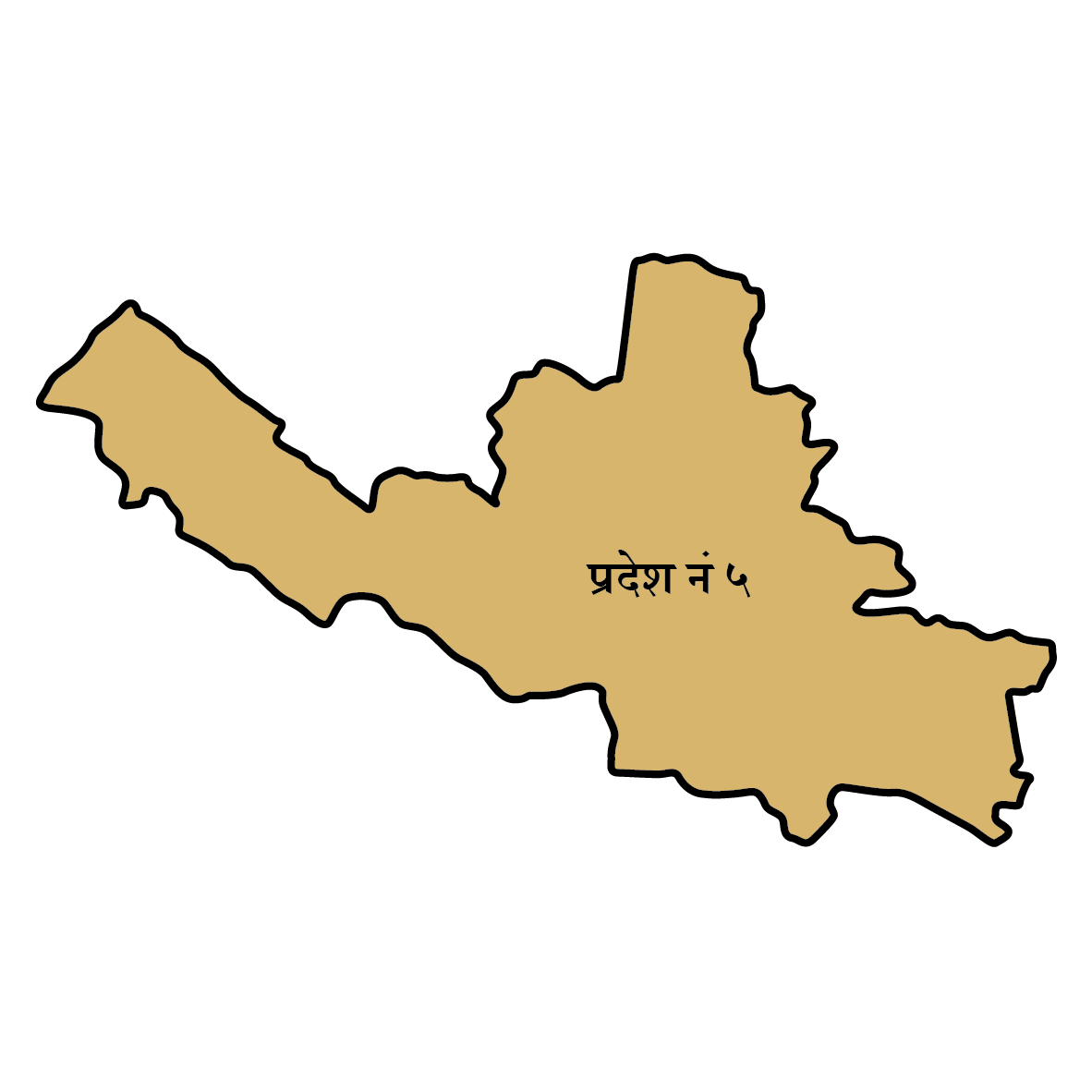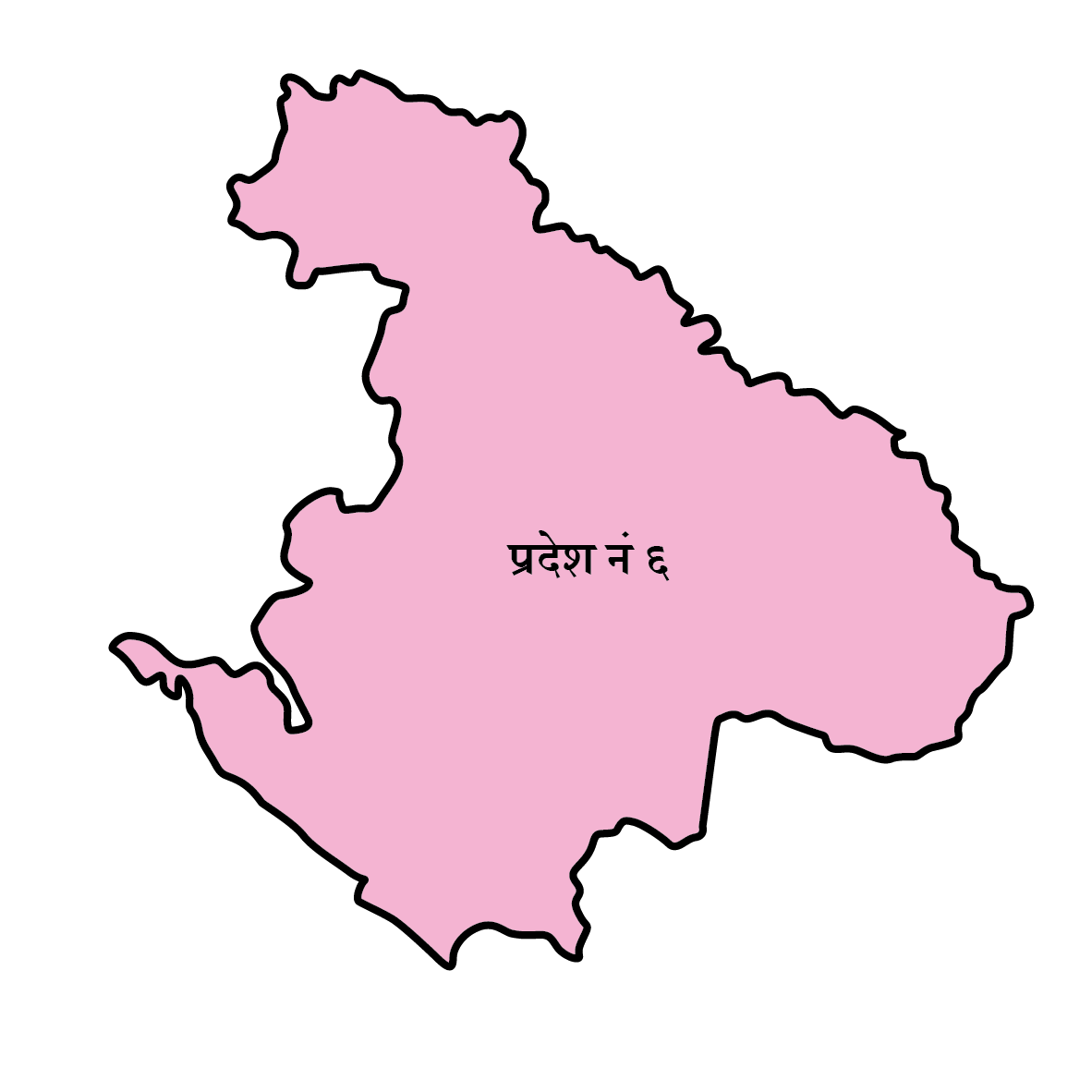Abstract:
There is saying Rome was not built in a day thus change in structure, infrastructure needs continuous effort for the required and desired change institution like NEA strengthen its organization with exemplary Managing director who was success to channelize electricity throughout the country without interruption where as previously Nepal was facing 12 hour load shedding thus how change was possible in short period of time was taken as case study to relate with change. This paper is enriched with different theoretical aspect of change and change management with some theories of change management such as three step model, eight stage model and ADKAR model of change management
Keywords: Change management, Planned Phenomenon, Emergent Phenomenon, AKDAR, Three Stage Model,
Introduction
There are different approaches and models for managing change in PSO. Some of these approaches provide contradictory suggestions. The main purpose of this paper is to identify the elements responsible for change in an organization. Secondly different change models will be examined and compared with each other which help manager to choose the suitable model for the organization.
The paper will majorly focus on two things, one analysis of forces responsible against or with change, the second result will be focused on how NEA managed changed and which model may be suitable.
This paper is made keeping in the mind public sector organization, this paper will helpful to scholars who are looking for change management in an organization.
In this paper forces responsible for change in an organization are identified. The factor causing change are categorized as organizational factor and environmental factor. The environment economy, globalization, ICT are the factor causing change within organization whereas red-tapism limited resource, personal traits, value and fears, and resistance from staff can oppose change and freeze organizational growth and success.
Final part of this paper examines and analyses different change models. These models are categorized into two approaches planned change and emergent change. The planned change uses pre-defined, predictable steps in managing and implementing change in case of NEA it is categorized in planned category. The emergent approach is defined as change cannot be planned and that manager, CEO must examine the environment and organization in order to cope with the required change in an organization
Literature review
Change is broad phenomenon which moves with time and need of the organization or institution, change may be intended or unintended if results supports your organization it is positive change else negative.
“Change is a broad phenomenon that involves growth and / or development of one or more of a number of elements of public sector organizations (PSO)” (Osborne & Brown, 2005).
“Change is the gradual improvement and/or development of the existing services provided by a PSO or their organizational context. It represents continuity with the past”. (Osborne & Brown, 2005)
Stephen P. Osborne & Kerry Brown agreed in a point that change is positive in result or we can say change always give intended outcome to enhance the existed system or modify in loopholes remained in an organization in subsequent manner to present from the past.
“In many work setting people are being required to unlearn old ways and develop new competencies, or get out” (Hayes, 2002).
“Changes can be externally imposed or internally generated. They can be evolutionary or revolutionary in nature. They can be routine or one-off. They can be mundane or transformative. They can be about expansion or contraction. Different types of change can provoke different attitudes and different behaviors” (Cameron & Green, 2009)
From above definitions and quotations we can say that change is gradual process either by revolutionary and evolutionary effect. There is a saying that Rome was not built in a so it is to exemplify change is ongoing whereas sometime drastic change may occur but difficult to sustain drastic change.
Evolution of Change Management as Discipline
We can say that change is driving force to arm organization with new techniques for coping with change we need to manage change management. Results the development of new discipline know as change management. Though the discipline change management is new but change start with human civilization from Stone Age to modern 21st century. We have seen and heard various political changes and revolution, Institutional reforms all these changes occurred but birth of this discipline was about half century ago with the Arnold Van Gennep (1909) identify change is happening and its essential part of existing world. He introduced change is happening in three stages: Separating from our current State, Moving through transition, and Reinforcing into future state.
Kurt Lewin 1948 introduced three stages of change unfreezing, moving and refreezing as well as force field analysis.
Richard Beckhard 1969
William Bridges 1979
Daryl Conner (1992) provide concepts numerous concepts of change.
Todd Jicks 1993 Managing Change: “Cases and concepts included topical case studies and a chapter titled” “implementing change”.
John Kotter 1996 “First in a Harvard Business review article and later in his book Leading Change kotter described eight change failure modes and subsequent steps to address them”.
“Johnson 1998 who moved my Cheese? Presents readers with a parable that addresses how people can deal with changes happening around them and to them”. (PROSCI, 2019). These are the milestone for evolution of change management idea tickling in the mind of great scholars give birth to new discipline.
Change Management
“Change management is the process of introducing controlled change during the project life cycle. The intention behind a change control process is to evaluate the risk, at the end-user level, against the urgency and importance of the change. IT organizations must establish a specific change control process for every type of change and consider a procedure specific to rapid and emergency changes. The creation of these processes must involve several groups, including users, developers, and operations. Successful change management is not only a matter of skill and expertise, it is also a question of where the team draws its support from the company hierarchy.” (Giga Information, 2019)
(Kennedy, 2019) states that “organizations are constantly changing”. “Therefore, there is a need for managers to have a means of planning, predicting and managing changes within their organization.”
Wilson put forward an important reason why change management is needed: “There are a large number of frameworks, recipes and training programs which are designed primarily to achieve one major goal. That is to help individual managers analyse change, predict the likely consequences and handle resistance and blockages along the way.” (Wilson, 1992)
Types of change:
Change can be categorized in two forms one is planned changed and another emergent.
”Planned phenomena – events that PSO managers can foresee and make strategic or tactical contingencies for”. (Osborne & Brown, 2005)
“Emergent phenomena – events that PSO managers cannot foresee and which arise because of unexpected changes in the environment”. (Osborne & Brown, 2005)
Actor Involved in Change Management
The contract state – an approach to the provision of public services that emphasizes the use of contracts as the key governance mechanism used by government in order to ensure the efficiency, effectiveness and accountability of public services. (Osborne & Brown, 2005)
The plural state – a description of the state that emphasizes its role as the planner and purchaser of public services but with their provision coming from a plurality of sources, including the state itself, the business sector and the voluntary and non-profit sector. (Osborne & Brown, 2005)
Globalization – the increasingly global context and impact of both national states and their public services (Osborne & Brown, 2005)
Sustainable communities – communities which are able to maintain themselves both in terms of their economic and social coherence and in terms of their identity in the wider society. (Osborne & Brown, 2005)
PEST Analysis Tool for Change Management:
With the help of PEST analysis we can identify what factor are required for change management in public sector and can take measures to adopt change. It does provide a framework for structuring how you think about your changing environment. (Osborne & Brown, 2005)
Political factors: Political factors are an essential element to be considered when scanning the future development of PSOs. Their environment is, after all, a fundamentally political one.
”Economic factors: economic factors play a part in the provision of public services. The pre-eminent task for the management of PSOs is the allocation of scare resources – often itself a definition of economics.” (Osborne & Brown, 2005)
- “the global economic situation;
- the changing funding structures of PSOs;
- the marketization of public services;
- the introduction of charging for public services, and a focus on the costs and revenues of public services; and
- the issue of economic sustainability” (Osborne & Brown, 2005)
Social factors: Public services are inevitably influenced by social factors – and themselves are often addressing new or emerging social needs. The key social factors for PSOs are the ageing of the population; changing expectations of the population; the social inclusion agenda; the growth of new forms of social need and the redefinition of existing ones; and the need for sustainable communities.
”Technological factors: In the field of public services, technology can be thought of in two ways: hard technology (which involves the structures and equipment of public services) and soft technology (which involves the processes and skills for delivering public services).” (Osborne & Brown, 2005)
Thus we can say PEST analysis can one of the most efficient and effective way to identify sector need change either in long-term or short term perspective
Models of Change Management:
- ADKAR Change Management Model:
ADKAR change management model was discovered by Jeffrey Hiatt from Prosci Learning Center. The ADKAR change management model consists of five elements that build off of each other, and focus on important areas of change; such as, evaluatin, management leadership, employee engagement, training, and reinforcement (Hiatt & Creasey, 2003). This model is popular for its simplicity in structure.The ADKAR refers as follows: Awareness, Desire, Knowledge, Ability,Reinforcement,
Three Step Model
Lewins three step model is based on the fact that long term change is difficult to sustain, or as Lewin describes it “after a ‘shot in the arm’, group life soon returns to the previous level”. This model proposes that after a significant change the organization move to a higher level by changing the organizations culture and policies in order to maintain the change (Lewin, 1947).
Lewin states that it does not suffice to define the objective of a planned change but the permanency of the change must also be included in the objective (Lewin, 1947).
This model sets out three steps to achieve successful change:
- Unfreezing 2. Moving 3. Freezing (Lewin, 1947)
Unfreezing: This step includes being able to remove prejudices, complacency and self-righteousness to enable the planned change to be managed correctly and to identify appropriate objectives.
Moving: The moving step involves the actual implementation of the change.
Freezing: This step maintains the change and should not let the organization fall back to the previous way of doing things i.e. before the unfreezing step (Lewin, 1947).

Fig. 1 Model of organizational change to light Kurt Lewins three step model (Lewin, 1947)
Eight-Stage Change Model:
John Kotter identified eight stages in the change process.There are three different phases in this model similar to Lewins model . Kotter states that the first four steps helps to diffuse the status quo of the organization i.e. ‘Unfreezing’. Stage five to seven reflects moving stage and final step helps to reinforce the changes held in organization.
First of all we need identify and examine the required changes in an organization and lay the ground work for buy-in by sharing why change must happen now rather than later. After that move gradually to second step for further achievement by selecting a team to help guide the change. The coalition members must be competent, articulate, and able to provide wide counsel. Explore and disseminate decision for involvement in change by creating vision and strategies to achieve the desired state. Mitigate obstacles and usually human behavior is change resistance but encourage them for taking risk and modern ideas tools and techniques. Analyze current achievement and display the visible changes and reward to them who makes change possible so that it can encourage others too. Using increased credibility to change all systems, structures, and policies and higher promote who are suitable for change. Timely advocate new approaches in the culture for creating better performance through service seeker – service –and oriented behavior, Better leadership and more effective management. Eight steps are shown in Figure no.2 (Kotter, 1996)

Case Study from Nepal
Nepal Electricity Authority which was established in August 16, 1985 under the Nepal electricity Authority Act 1984, It was the prominent institution for the development of electricity in Nepal and responsible to manage distribution of, but NEA failed to meet the public demand whereas at the same time public start to face load shedding for 12-15 hours every, which make difficult to sustain industries and public start to suffer as a result gradually economy also shrunk with this cause.
“Nepal Electricity Authority (NEA) has declared the nation as load-shedding free from Monday. The three hours of load-shedding that the industries had to bear with has also been removed from today which has made the country totally load-shedding free, said Kul Man Ghising, managing director of NEA.” – The Himalayan Times
As MD of NEA Ghising identifies loopholes in benefiting Energy Crisis in Nepal as good team leader he seeks change within organization and beyond the organization. He starts to identify the problems of organization electricity theft, gaining public support, equal distribution and especially in teambuilding with stake holder.
How change in an organization is possible question may raise but in this case managing change of NEA identifying the sector to be reformed where we need to achieve public support, lead organization as good team leader, take team, political will as a result change is possible.
Now Nepal Electricity Authority is one of the efficient and profit earning organization of Nepal government just after Kulman Ghising leads organization and when NEA talks about load shedding public, civil society and media take it as joke but when he make them to feel gradually public favored him by using less electricity during peak hour usually morning and evening, Starts to look after electricity theft and mitigate it, he also focus in stress management from outside organization.
How did you manage the load balance of energy from Laxmipuja of 2073 to the peak winter month of Poush 2073 ? (Bhatta, 2017)
“This is the question I am asked by media and general public in numerous occasion. Since I am NEA cadre and spent more than 22 years in the organization, I relied on my experiences and knowledge base on how NEA functions and operates. I did not do anything big. I just tried to manage NEA system in more efficient manner whether it is optimum generation from existing HEPs, effective operation of transmission and distribution system, demand side management, equitable distribution of available energy to all including household to industrial consumers and, of course, importing energy from India for crisis management. This is a simple example of resource optimization. That’s all. Leadership also means taking risk for the better result. Yes, I took the calculated risks on the day of Laxmi Puja (the festival of lights), the holiest festival of all Nepalese people, to try not to shed load on this very day. This is the day of Nepal’s peak energy demand in a year. We, along with our NEA’s committed and experienced officials and staff tried and succeeded. This experience has given us two important outcome, one with the picture of Nepal’s actual peak demand of energy, and other the uninterrupted power supply during that particularly day has encouraged us to try to eradicate the load shedding from Kathmandu valley and Pokhara.”
Here we can find Lewin three step model refreezing, moving and freezing.
Refreezing in the sense MD of NEA try to provide electricity in Peak hours and study its possibility on the day of Laxmi puja the vary day when the demand for power is extremely high.
Moving: When his team finds possibility in providing electricity starts to search ways and accumulate the strength to disseminate their ideas in Medias to consume less power in peak hour which was successful model and also look after other loop holes.
Freezing: When the team achieve success they institutionalize it move forward.
Conclusion:
Thus change management is need of time with right person in right place to face the demands of the time. NEA is an exemplary organization in Nepal which was going to be fragile but when a good manager identify the essence of change and successful to manage the change we can cope with any upcoming situation for that we need determined team leader and organizational member ready to cope with change rather than resisting change.
References :
Bhatta, U. D. (2017). An Interview with Mr. Kulman Ghising. Nepal Online Journal. Retrieved from https://www.nepjol.info/index.php/HN/article/view/16494/13413
Cameron, E., & Green, M. (2009). Making Sense of Change Management. London & Philadelphia: Kogan Page.
Giga Information, G. (2019, 07 04). Change Management. Dhaka, Bangladesh.
Hayes, J. (2002). The Theory and Practices of Change Management. New York: Palgrave Macmillan.
Hiatt, J. M., & Creasey, T. J. (2003). Change Management. Loveland, Colorado, USA: Prosci Learning Publication.
Kennedy, A. (2019, 07 04). Change Management. Dhaka, Bangladesh. Retrieved 07 04, 2019
Kotter, J. P. (1996). Leading Change. Boston: Harvard Business School Press.
Lewin, K. (1947). “Frontier in Group Dynamics”. Resolving social conflicts field theory in social science. Washington DC, USA : American Psychological Association.
Osborne , S. P., & Brown, K. (2005). Managing Change and Innovation In Public Service Organization. London and New York: Routledge.
Osborne, S. P., & Brown, K. (2005). Managing Change and Innovation in Public Service Organisation. London and New York: Routledge.
PROSCI. (2019, July 02). Retrieved from PROSCI: https://www.prosci.com/resources/articles/change-management-history-and-future
The Himalayan Times. (2018, 05 13). Nepal is totally Load-shedding free. Retrieved from The Himalayan Times: https://thehimalayantimes.com/business/nepal-is-totally-load-shedding-free/
Wilson, D. C. (1992). A Strategy of Change. In concepts and controversies in the management of change. London ; New York :: Routledge.

 कोशी प्रदेश
कोशी प्रदेश मधेश प्रदेश
मधेश प्रदेश बागमती
बागमती गण्डकी
गण्डकी लुम्बिनी
लुम्बिनी कर्णाली
कर्णाली  सुदूरपश्चिम
सुदूरपश्चिम
















